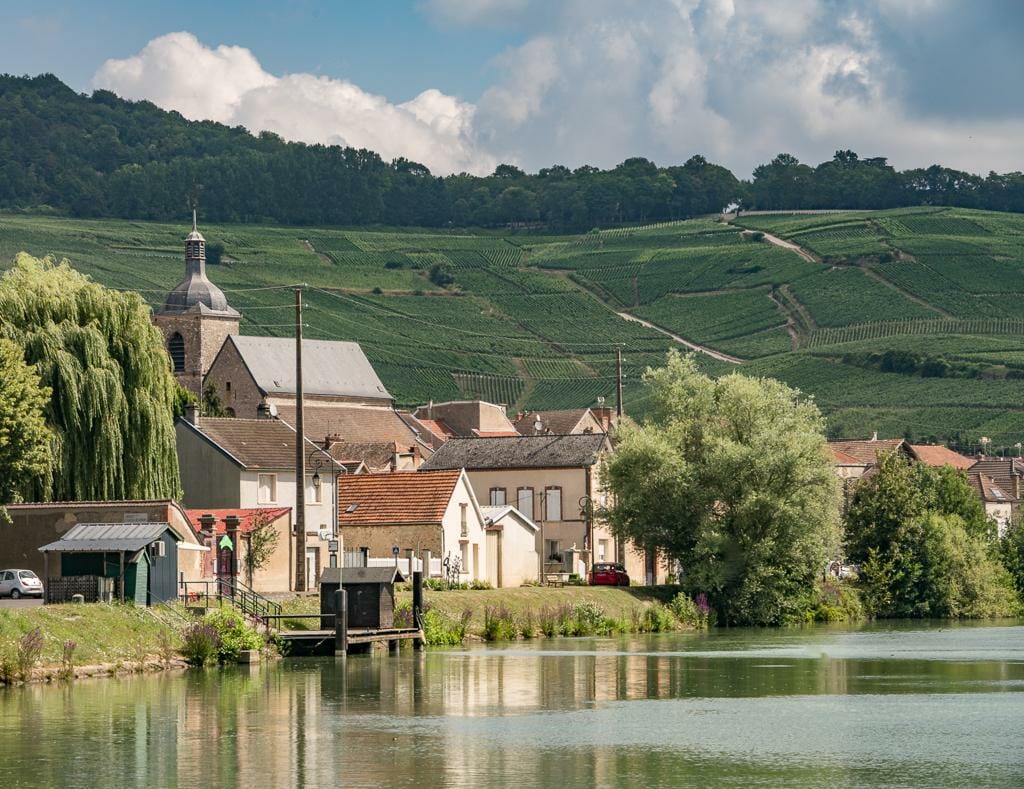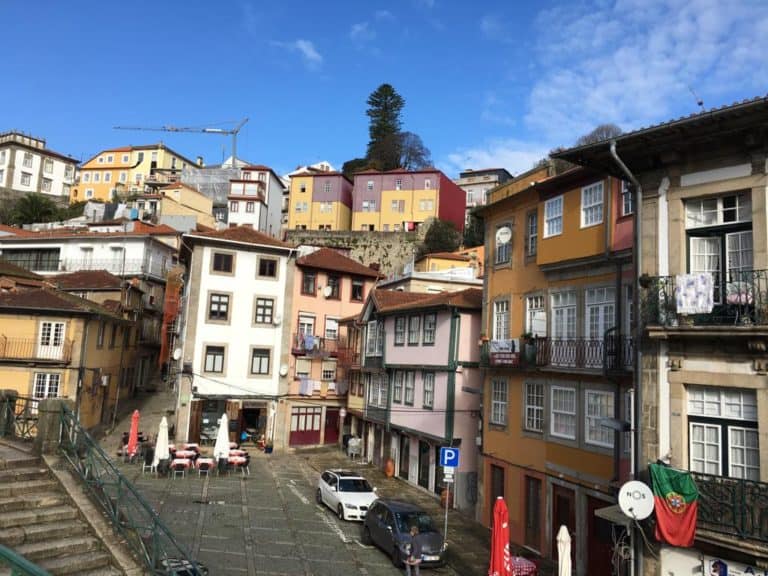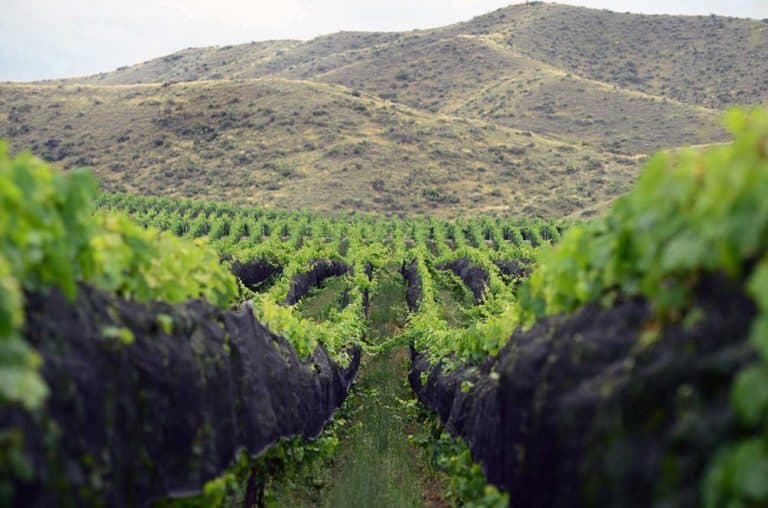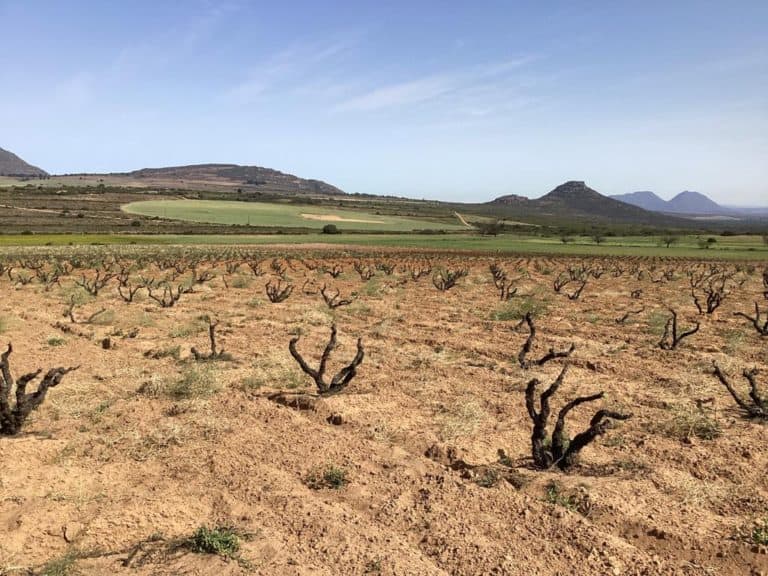The difference between Champagne, Prosecco and Cava?

Sparkling wines come in a wide variety, with huge price differences, sweet or bone-dry, yeasty or fresh and the difference in production method is of utmost importance. So, what is the difference between Champagne, Prosecco and Cava, aka sparkling wines?
I am using the world’s friendliest online business engine…it’s free…forever!
Sparkling wine is an umbrella category, and though we often speak of different types of sparkling wine in the same breath, there are differences in how they are produced, the grapes they use, and how they taste.
The “Big Three” sparkling wines are; Champagne from France, Cava from Spain and Prosecco from Italy.

French Champagne
Champagne is the most well known of the “Big Three”. There are very strict rules set in place by the Comité Interprofessionnel du Vin de Champagne, a group of Champagne producers and houses in France, that define what can be called Champagne and what has to be deemed sparkling wine. Champagne, (watch video) according to the Comité, can only refer to sparkling wine that is grown and produced in Champagne, France.
There are other defining requirements that are regulated by the CIDV; secondary fermentation (méthode champenoise) of the wine to create those signature bubbles and the use of specific varieties of grapes. Champagne can only be made from seven approved grapes, the most common of which are chardonnay, pinot noir, and pinot meunier However, geography is basically the most important distinction between Champagne and other sparkling wines. That means if you’re drinking a glass of something bubbly, and it’s not explicitly from Champagne, France, it literally cannot be called Champagne.
Spanish Cava
Cava is a Spanish sparkling wine and is also produced with in-bottle fermentation. The name, Cava, comes from the Spanish word for “cave,” referring to the cellars where the wines age. To be called Cava, the wine must come from the Cava Denominación de Origen (DO) area and must be carbonated with secondary fermentation in the bottle, among other appellation rules.
Like Champagne, the effervescence-producing secondary fermentation happens in the bottle (rather than a tank), but outside of the French region, the method cannot be called méthode champenoise and is instead known as méthode traditionnelle. Although Cava (watch video) can be made from pinot noir and chardonnay, most Cava will be made from a blend of macabeu, xarel·lo, and parellada, which results in a wine that is slightly fruitier and earthier than Champagne.
I am using the world’s friendliest online business engine…it’s free…forever!

The vast majority of Cava comes from the Penedès wine region in Catalonia, in northeast Spain near Barcelona. The Cava DO is not contiguous: While 95% of Cava comes from Penedès, there are also areas in Aragón, Euskadi, Extremadura, La Rioja, Navarra, and València that are authorized to make Cava wine. However, most Cava production is centred around the town of Sant Sadurní d’Anoia, where the first Cava was made by José Raventós in 1872.
Italian Prosecco
Italian Prosecco is made in the Veneto region of Italy from a varietal of grapes called Glera. The production method of Prosecco (watch the video!)is notably different from Champagne or Cava in that the secondary fermentation that gives bubbly wine its fizz happens in steel tanks rather than in bottles.
Prosecco is produced using the Charmat method. It is also called the tank method, which involves a second fermentation in large closed tanks.
I am using the world’s friendliest online business engine…it’s free…forever!
The wine is then filtered and bottled under pressure with the desired level of dosage for sweetness. The fermentation is usually quick, lasting about one month, but the lungo (long) version can last 9 months, leading to more complexity in the wine. This impacts the flavor notably, making it lighter and less yeasty. Prosecco can tend to be a little sweeter than Champagne or Cava, with bigger bubbles and buoyant flavors of apple, pear, lemon rind, light flowers, and even tropical fruit.

In short:
What is the difference between Champagne, Prosecco and Cava?
Firstly, Cava shares more in common with Champagne than with other sparkling wines like Prosecco as it uses the same méthode traditionnelle or méthode champenoise (in the case of Champagne).
Secondly, the main difference between Champagne and Cava is the grapes they are made from. Champagne can be made from seven approved grapes, the most common of which are chardonnay, pinot noir, and pinot meunier. While Cava can be made from pinot noir and chardonnay, most Cava will be made from a blend of macabeu, xarel·lo, and parellada.






